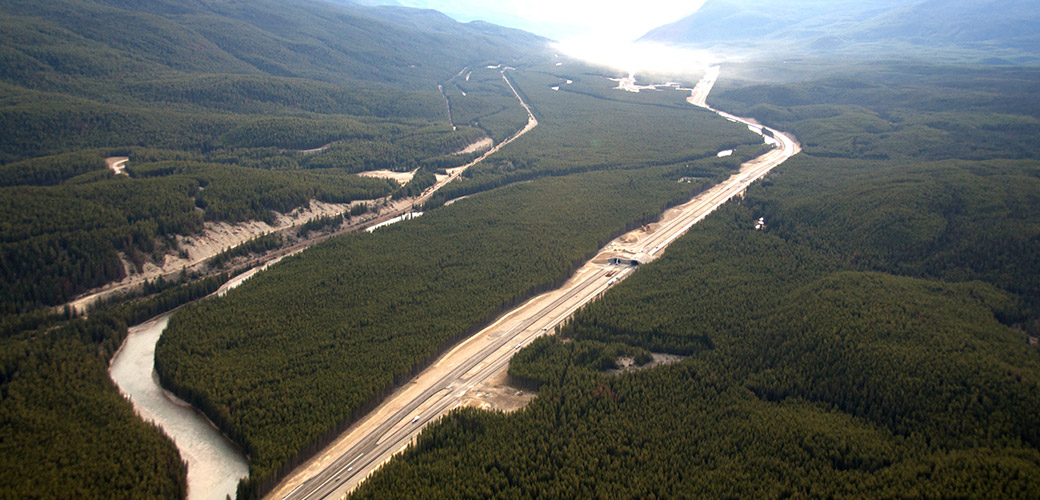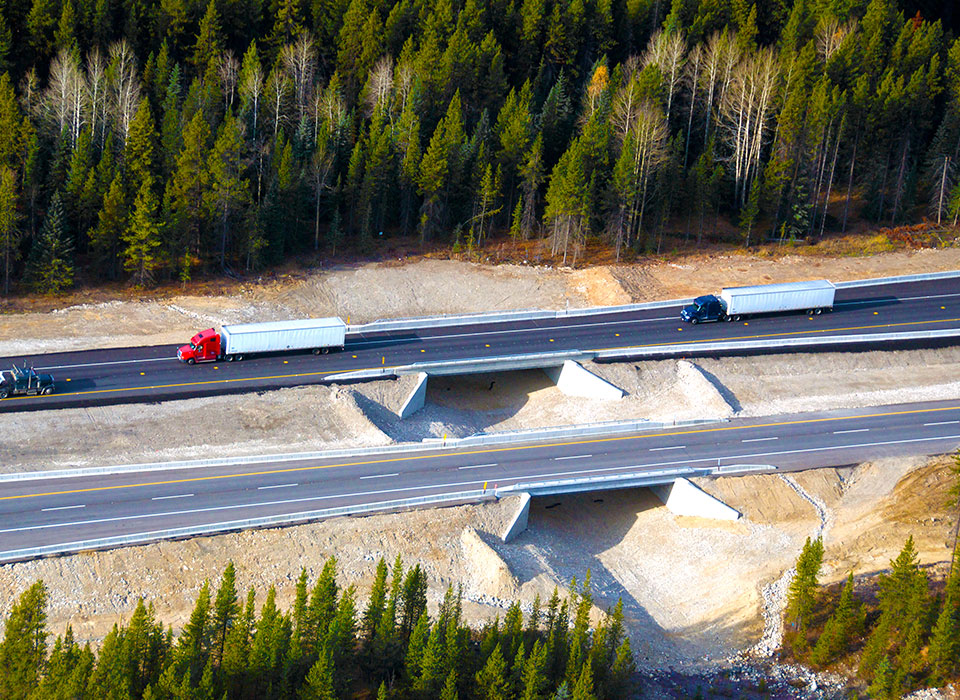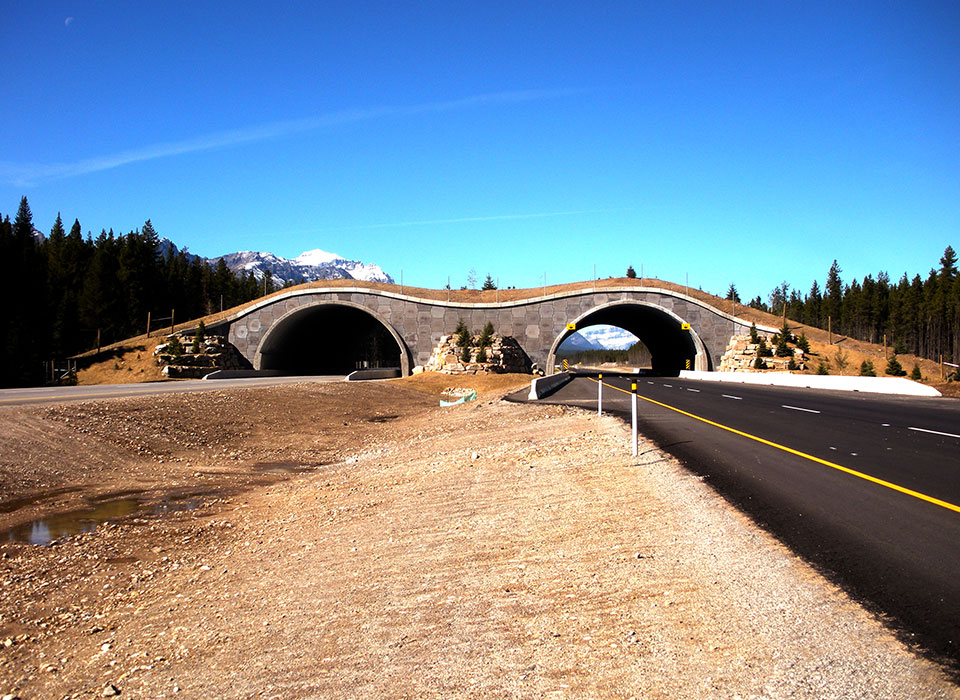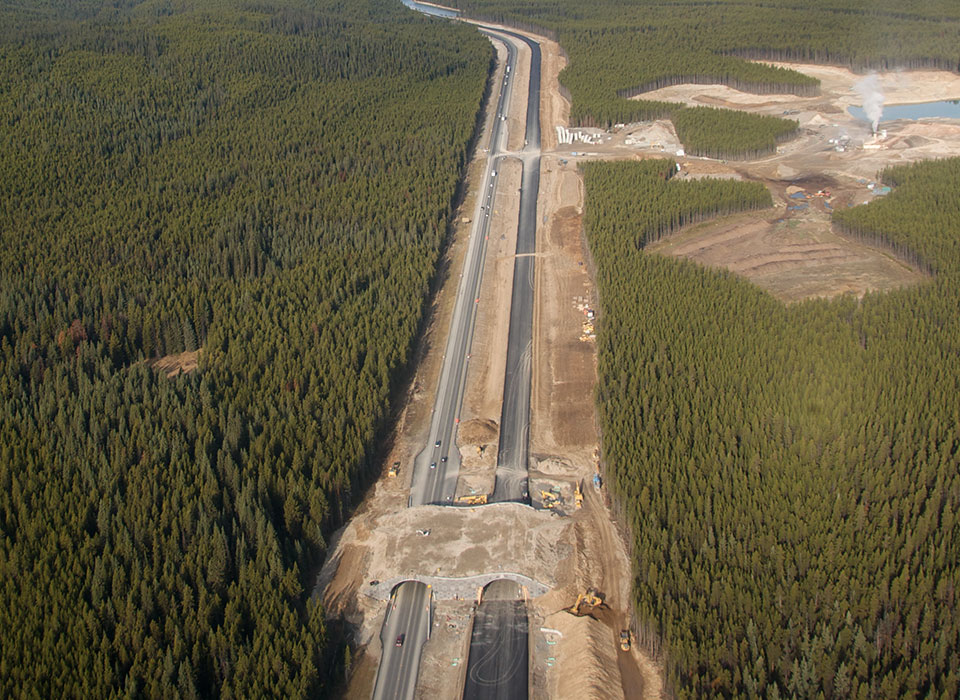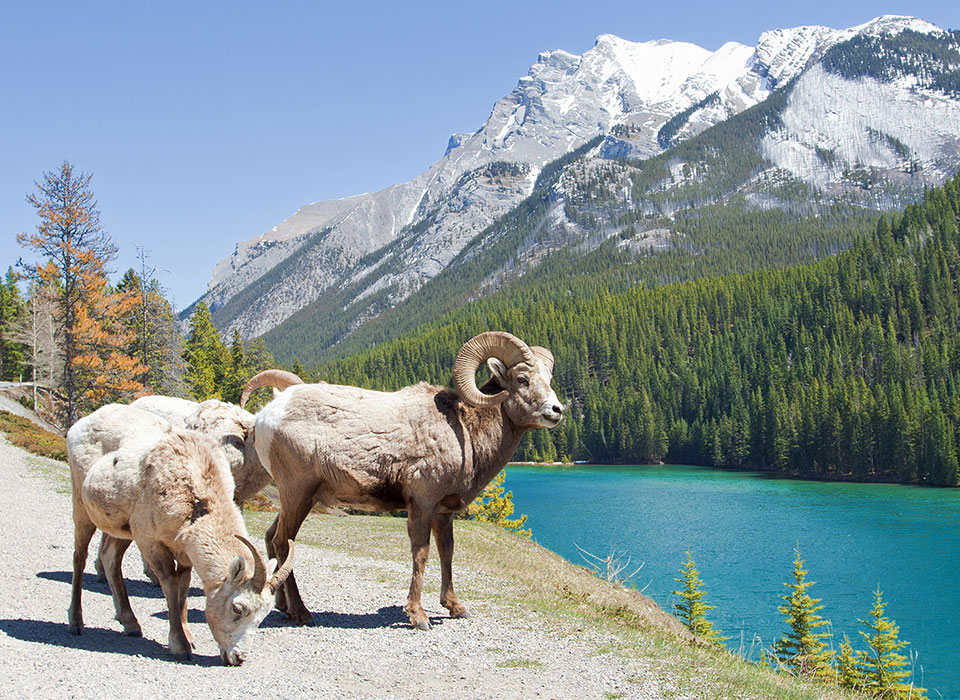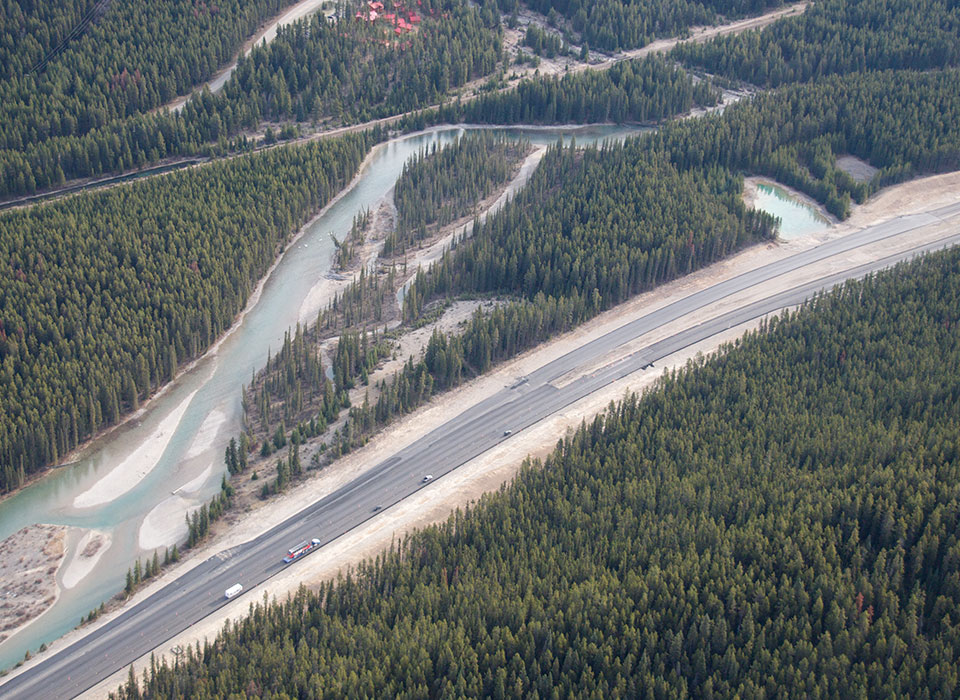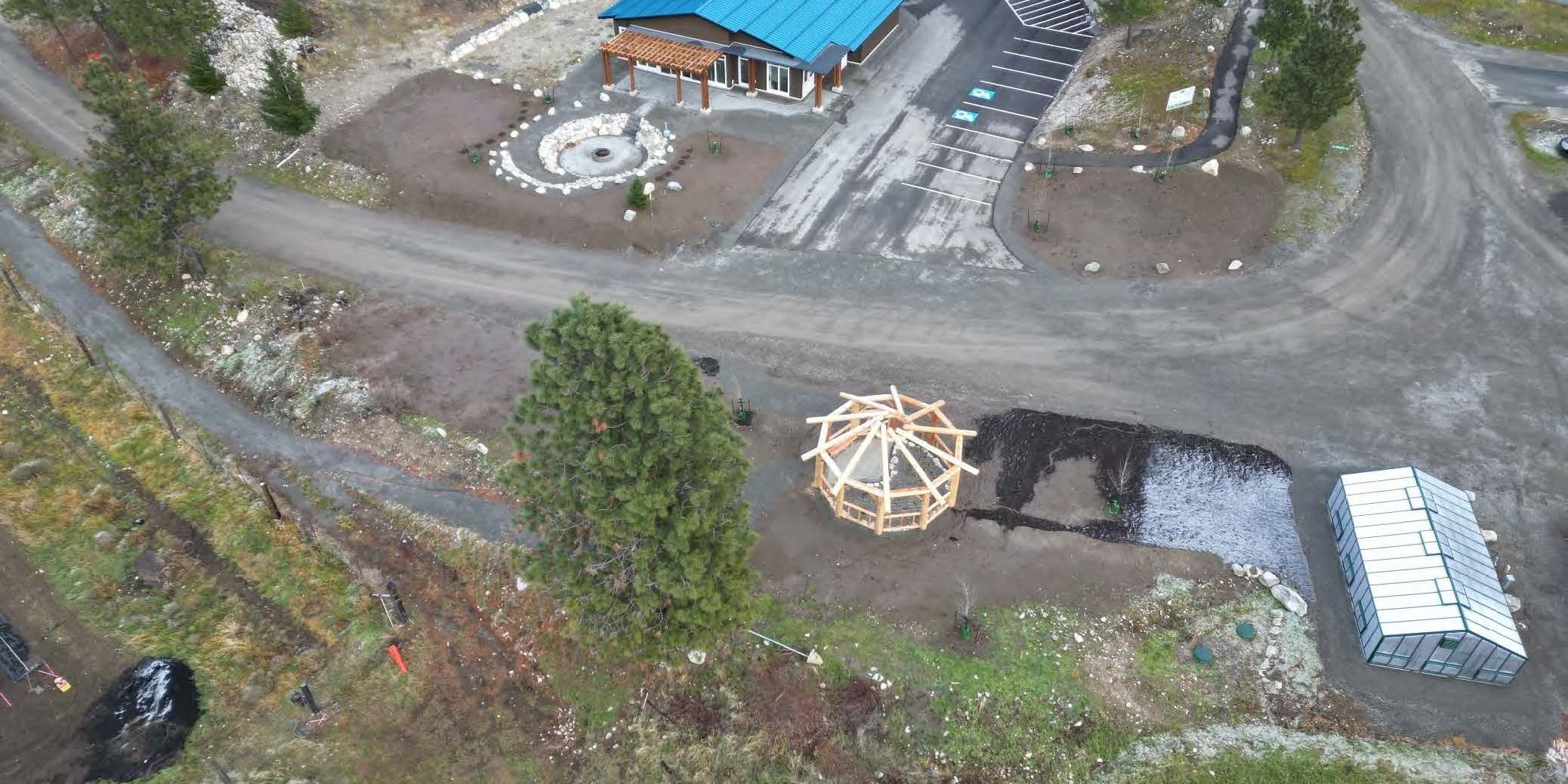Banff National Park / TransCanada Highway Widening
2008-2011 | Banff, AB
Banff National Park is home to a spectacular landscape and countless species of wildlife, attracting more than four million visitors each year. The United Nations has declared the Park a World Heritage Site, to be protected and preserved for future generations.
The Park is divided by 83km of the TransCanada Highway, once conceived as a low-volume, scenic route. It is now a major commercial thoroughfare, with over 25,000 vehicles per day during peak season. Traffic volumes have increased by more than 3% annually, resulting in disproportionately high multi-vehicle and wildlife-vehicle collision rates.
Parks Canada Agency commenced twinning of the Trans-Canada Highway in 1979, using an adaptive management model and improving its approach for each successive phase. In 2008, McElhanney was selected to provide design and construction management services for twinning of the 14km segment between Castle Junction and Moraine Creek, including the highway alignment and structural components. The overall goals are to improve transportation service levels, enhance public safety, and mitigate adverse effects on wildlife mortality and habitat fragmentation.
Ecological integrity has been the primary consideration for every aspect of the project, from design elements to construction practices. Care was taken during construction to avoid disturbing fisheries and migratory birds and to prevent the introduction of non-native plant species. Above average snowfalls compounded the harsh climate and high water table, resulting in a shortened construction season. With multiple construction activities occurring simultaneously, highly efficient scheduling and construction management were required. Effective traffic management was also a priority, as road closures were not an option on such a major route. Despite these challenges, the project is now complete, with final landscaping and roadside rehabilitation work.
The project’s effectiveness has been proven through monitoring of earlier phases, with over 220,000 wildlife crossings recorded as of July 2010. Wildlife-vehicle collisions have decreased by 96% for deer and elk and by 80% overall. The active project phase features two 60m overpasses, landscaped with trees and other vegetation to blend in with the surroundings, as well as culvert and open-span underpasses. McElhanney’s improved fencing design for this segment, as well as increased knowledge of animal crossing behaviour, further enhanced the project’s success.
